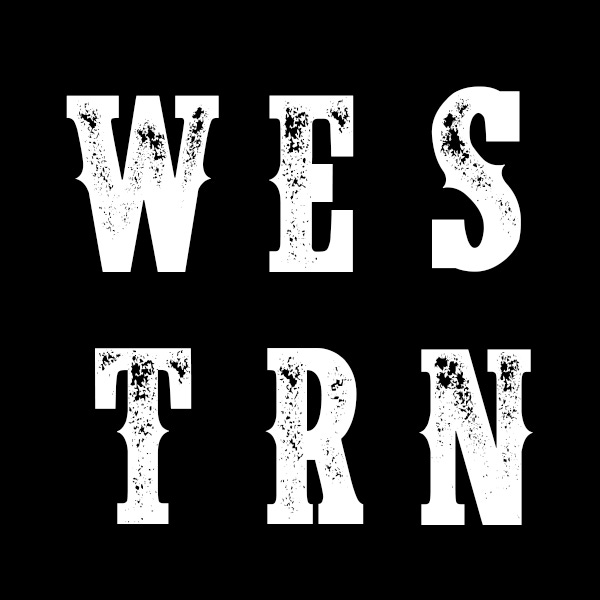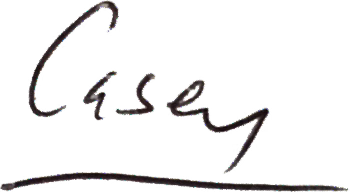Fires in January? Fires in January.
Plus, new National Monuments, a Newspaper is born, Regrowth for redwoods, Star parks for 2025, and more
howdy
As I was getting stories ready for this week’s newsletter, I saw two ominous headlines that kept repeating—large parts of the West are now starting to drift back into drought territory, and a weather system was about to park offshore Southern California and create some insanely intense Santa Ana winds.

Most of central and southern California, along with most of Utah, Arizona, and Nevada, are experiencing significantly lower winter precipitation this year—the divide between wet and dry parts of this region is pretty stark.
As I wrote this on Tuesday evening, the Palisades Fire burned in Los Angeles. The Pacific Palisades neighborhood and nearby areas are under evacuation orders. Popular and beautiful hiking areas like Temescal Canyon Park, Temescal Gateway Park, Topanga State Park, and others are in the burn zone. Rustic Canyon is within spitting distance of the fireline, as is the Getty Villa Museum. It seems like the historic buildings at Will Rogers State Park have been destroyed, as was the Topanga Ranch Motel.
As I was reading about the Palisades Fire, another fire broke out near Eaton Canyon in Altadena, threatening yet another popular hiking area and nature center along with countless more homes and businesses. Fires continued to pop up throughout the L.A. basin, including one at Runyon Canyon. The following morning, friends’ social media feeds shed even more light on the intensity of the fires and the destruction in both the natural and built environments. Most of the people I know are safe. Some have lost their homes. Many have had to evacuate or are on evacuation alert.

I moved to Los Angeles in 2002 and quickly got used to wildfires as a bit of a way of life—one of the prices of living there. But over the almost 20 years I lived in the city, the fires intensified and grew more frequent. While foothill and canyon developments were always at risk of fire, I naively assumed that the city itself would always be well protected. Now friends in Highland Park and Pasadena have evacuated their homes, and significant parts of Pacific Palisades village are gone. Also, it’s January. Fires are not supposed to happen now—not like these.

Even writing from the Pacific Northwest, the hit is real … and the winds are still whipping up new fires. This all feels disorienting and unsettling, and my heart goes out to everyone in the Los Angeles area right now.
Years ago, I wrote this piece about the gut punch you feel when some of your favorite hiking terrain is burned or your favorite parks and places are destroyed. I feel like I have more and more reasons to share this these days, but the takeaway is hopeful—even in the face of situations like this. I hope it’s at least a little bit of solace.
Please take care of each other … and get ready for volunteering season, too.
RELATED:
the 211LA service can help you find temporary housing and services if you have been affected by the fires
download the free, non-profit app Watch Duty to set up your phone for alerts about wildfires in your area
Keep on top of wildfire progress at CalFire
Your Parks
Your Places
California Gets Two New National Monuments

Over 800,000 acres of public land in California has just been protected as two new national monuments by the Biden administration. The new Chuckwalla and Sáttítla Highlands National Monuments in southeastern and northern California make the Biden administration a conservation record-setter for land and water, and the
Chuckwalla National Monument extends the Moab to Mojave Conservation Corridor—a string of federally protected lands that runs from the Colorado River and San Bernardino Mountains through the Mojave Desert, across the Grand Canyon, and all the way to Moab, Utah. This corridor now includes five National Monuments the Biden administration either established or restored.
… and today I will choose to just celebrate that fact instead of thinking about how we never really got around to figuring out whether or not Presidents can “undo” national monuments, or how Project 2025 calls for just deleting them again and launching a million lawsuits. No. Today, we celebrate.
Also, I guess we’re not getting Owyhee Canyonlands?
Best Place to Look Up

It’s a good time of year to start looking for things that give you that all-important sense of awe, and nature is a fine place to find that. Mental Floss—maybe one of the only organizations to use listicles for good—has put together a collection of the twenty best national park units for stargazing. It should surprise no one that the majority are here in the West, with Oregon’s Crater Lake taking the top spot, followed by Nevada’s Great Basin and Utah’s Canyonlands National Parks.
The parks were ranked by average percentage of stars visible throughout the year and the average amount of nearby light pollution. And if you’ve never been to a stargazing ranger talk at a national park, well, now’s a great time to make a resolution to fix that!
Tech Talk
Gadgets, Technology, and Hype
Going Old-School

There’s a lot of movement—especially among outdoorsy types, I think—to disconnect from the online world (or at least make an effort to connect more mindfully). There’s also been an exciting movement to revive and / or establish analog outdoor magazines and other publications (I took a look at some of the more high profile ones last year). But now one of them is making a bona fide newspaper. In print! Who says print is dead?
The Substack The Westrn has pledged to print and ship four full newspapers in 2025, and while they still have some details to work out, this project is audacious and inspiring … just the kind of project I love. Follow their Substack for more info—some news about contributor rates and stuff like that should be coming out soon!
Wildlife Crossing
Wildlife and the Outdoors
The Hidden Engineering of Wildlife Crossings
The Wallis Annenberg Wildlife Crossing over the 101 in Southern California is under construction, and is well on its way to becoming the world’s largest wildlife crossing (very exciting). If you’ve been reading this for a while, you know I’m stoked about this project, so you will not be surprised to learn that I was also very excited to learn that the YouTuber Grady Hillhouse from Practical Engineering just did a 17 minute deep-dive into the engineering that goes into these efforts all over the world.
Be sure to fire this one up so you can be prepared for the next time someone wonders why we’re spending so much money on a bridge for critters!
Mountain Lion Encounter

Mountain lion encounters with humans are rare, and attacks are even more rare … but they do happen. And as we continue to encroach on habitat, the odds of encounters becoming more frequent are likely to rise. Last year, in California’s Sierra Nevada, Taylen and Wyatt Brooks were on a forest service road when they were attacked by a mountain lion. Wyatt survived. Taylen did not.
Their uncle wrote an incredible story for the New York Times Magazine (UNLOCKED) about this encounter, and it’s a harrowing read. It also tackles how rural residents in mountain communities are returning to old, nonlethal practices to spook lions from human areas that seem to be effective (at least in areas where they are allowed).
Leafing Out
Plants!
Redwoods in Recovery

Three years ago, California’s oldest state park experienced a wildfire that tore through its collection of coast redwoods. Most of Big Basin Redwoods State Park is still closed, and although many other tree species are not recovering yet, by all accounts the coast redwoods are doing just great—even with a few years of drought conditions.
Coast redwoods have the ability to resprout from stumps and charred trunks, and now some of the new growth is already ten to twenty feet tall. Christopher Reynolds wrote a lovely piece for the Los Angeles Times about revisiting the park, and it’s a great thing to read in the face of the recent wildfires in Southern California.
One More Thing
Oh yeah, before I go …
If you’re like me, you probably read. A lot. If you’re also like me, you probably take tons of notes on eBooks and wonder how to access all those old passages and highlights. I recently came across the Readwise app, which access your old library of saved notes from whatever eReader you have—along with services like Instapaper and Pocket and newsletters, RSS feeds, and lots of other stuff. I’ve just started playing with it, but I really love that I get a digest every morning of old highlights. It’s a great way to revisit things that I found meaningful (and another excuse to not mindlessly scroll social media or news sites).
Plus, you can also get the highlights in nice image form, like this killer hissy fit thrown by Charles Lummis when he was dismissed from the Los Angeles Public Library and replaced by—gasp—a woman.
There’s … a lot to unpack there. But I do love the phrase “Two-fisted He-Person,” as well as libraries of all kinds—He and Sissy.
OK. Breathe some fresh air. Get hiking when you can. Stay safe. And until next time,
Happy Trails.









My home is far from the fires but many of my friends had to evacuate, a couple lost their homes, and several live in danger zones. These fires are a gut punch to me, and a bad omen in a year that wasn’t looking good even without all the terrible events that opened it. Getting outside will be the only way I can salvage my sanity, anywhere away from the smoke. Yeah, that’s a metaphor.